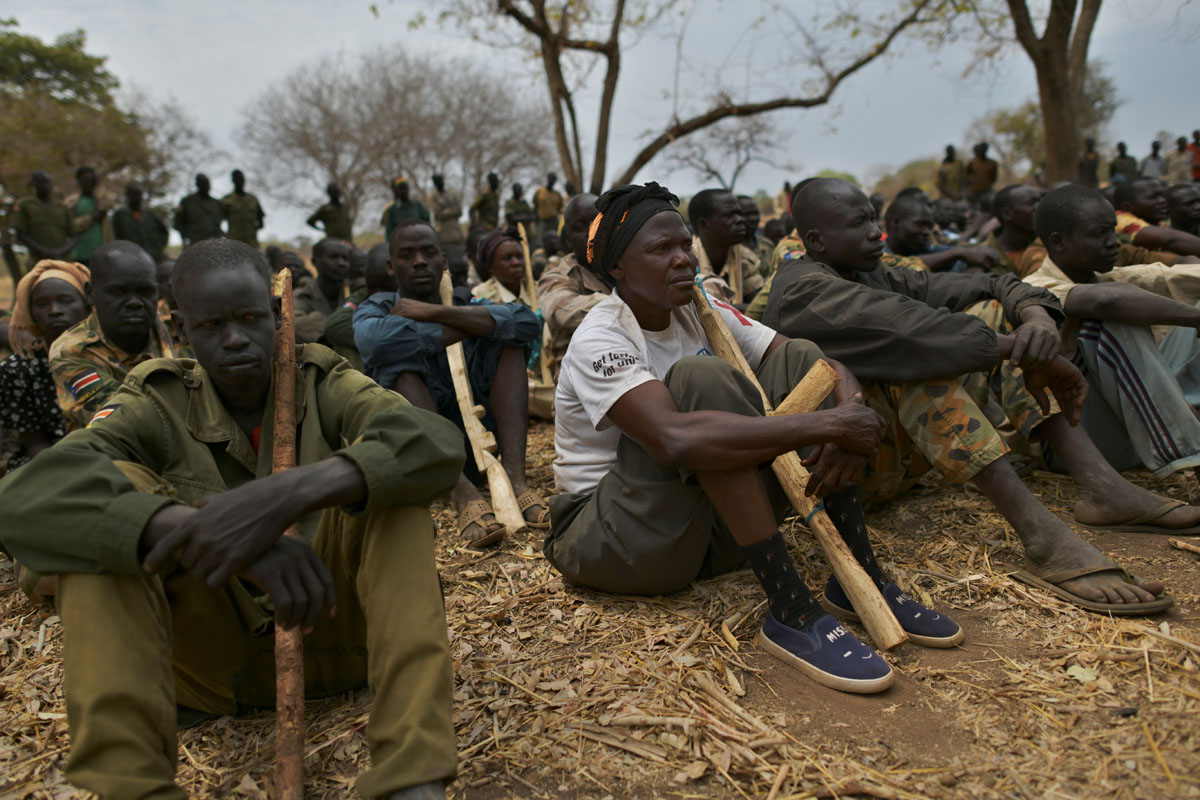The ethnic war isn’t over in Sudan. That hope was dashed on Sunday when the South Sudan rebels rejected the peace compromise of President Salva Kiir and thus binned the prospect of ending a six-year war in course of which no less than 380,000 people are reported to have perished. A swathe of Africa will very probably be in ferment for sometime yet.
The compromise had envisaged a reduction in the number of regional states from the present 32 to the original ten. Thus did President Kiir concede a key demand of the rebels, and paved the way for a unity government, at least theoretically.
Regretfully, however, the plan has floundered on the rock of three “administrative areas” ~ Pibor, Ruweng and Abyei. Rebel chief Riek Machar said he opposed those three areas, saying it “cannot be referred to as reverting to 10 states” and “as such cannot be accepted”.
More accurately, he has an issue with each of them. Arguably, the reorganisation of the regional states called for greater reflection than it did. Machar has warned that the three areas risked causing further problems, calling the issue a “Pandora’s box”.
The fiasco has arisen and the effort to end the war has come a cropper in the face of international pressure on Kiir and Machar ~ who now lives in exile ~ to resolve their differences before the 22 February deadline. The eight-nation East African bloc of nations, IGAD, warned last week that any extension beyond that deadline was “neither desirable nor feasible”.
Machar has repeatedly said he could not return to his old job as Vice- President if the country’s structure of states did not return to its original form. Their number is contentious because the borders will determine the division of power in embattled Sudan. More basically, it is a post-independence problem as in many other parts of the world.
When it gained independence from Sudan in 2011, South Sudan had 10 states, as set out in its Constitution. President Kiir increased that number to 28 in 2015 and subsequently to 32. He has now reduced them back to 10, plus the three areas. Towards that end, he has pledged to discuss the “final matter” once the unity government is in place. Sad to reflect, unity has been a scarce quantity in Sudan.
The division between North and South Sudan is more than a mere geographical boundary. The fundamental irritants fester still. Of the three areas, the most contentious is oil-rich Ruweng, in the north. Oil provides almost all of the government’s revenue in South Sudan, one of the world’s most oil dependent nations. Kiir and Machar are old rivals who have fought and made up multiple times. The latest differences may yet be irreconciliable.











